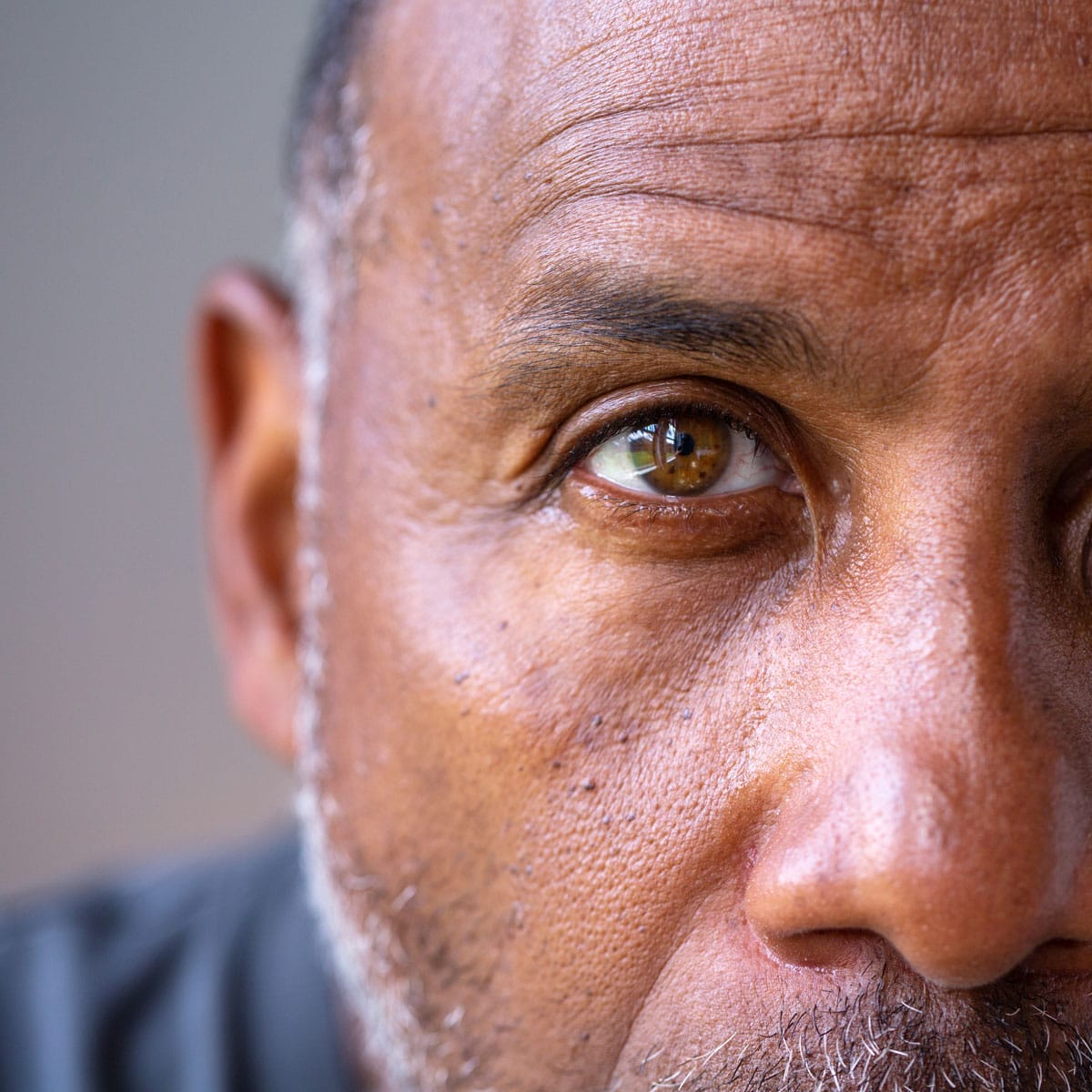
Excessive Tearing
Reconstructive surgery
What is Excessive Tearing?
The lacrimal system, often collectively referred to as the tear duct, helps drain tears away from the eyes. When the normal flow of tears is interrupted, the subsequent watery eye is formally known as epiphora. Mild tearing may be little more than a nuisance, but severe tearing can interfere with your ability to do daily activities. Further, an obstruction in the nasolacrimal duct puts you at risk for an infection of the tear duct known as dacryocystitis. There are several surgical options to address tearing when there is a lacrimal obstruction, depending on the location and type of blockage.
Dr. Vickers will perform a thorough exam to assess whether or not you have an obstruction of the lacrimal system and discuss your surgical options. Please keep in mind, most causes of tearing aren’t due to lacrimal outflow obstructions. The most common cause of tearing is excessive production due to irritation to the ocular surface and subsequent overproduction of tears to protect the eye. In these cases, finding a definitive treatment plan is often more challenging and may require the help of a cornea specialist or even an allergist.
frequently asked questions
Take a closer look
Why choose Dr. Vickers for your Non-Functioning Tear Duct Surgery (dacrocystorhinostomy or DCR)?
There are many causes of tearing, and the most common reasons are not due to anatomical obstructions in the lacrimal system (tear duct). However, when the reason for tearing is due to a lacrimal obstruction, Dr. Vickers offers multiple surgical options for restoring normal function and reducing tearing.
If the nasolacrimal duct is completely blocked, the corrective surgery is called a dacrocystorhinostomy (DCR). It is an outpatient procedure which involves creating a new connection between the tear duct and your nose. This bypasses any blockage in the native tear drain and allows tears to drain again, improving the watery or runny eye.
Will I be sedated for the procedure?
Yes, DCR surgery is performed under general anesthesia.
How long does the procedure take?
DCR surgery takes approximately one hour and is an outpatient procedure.
What is recovery like?
After surgery patients will have some dissolvable sutures and bruising that may last for 2-3 weeks. Most can return to normal activity within 1-2 weeks.
How long does it take to heal?
Total healing time after DCR surgery varies but lacrimal tubing is frequently left in place for 3-6 months before removal. Removal of the tube before the new tear drain has fully healed can lead to closure and recurrent tearing.